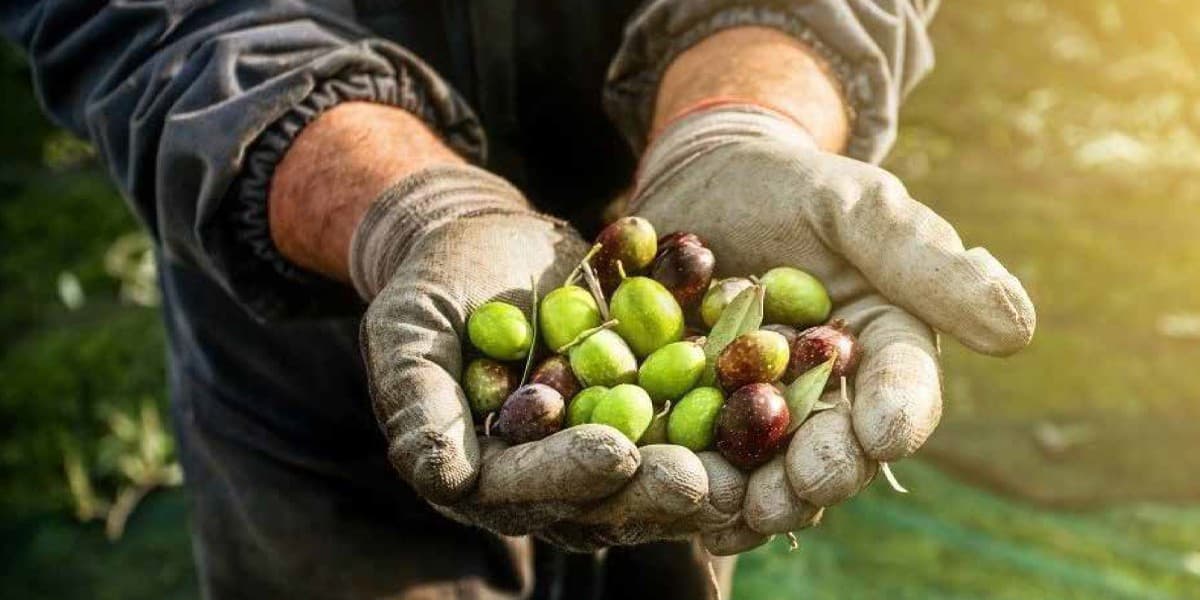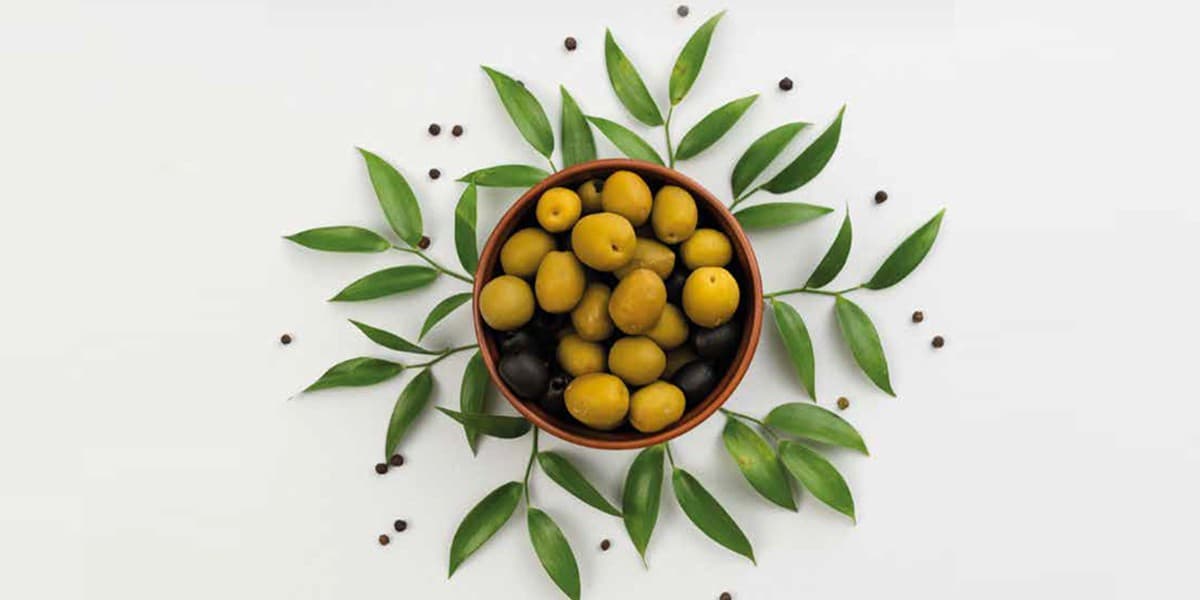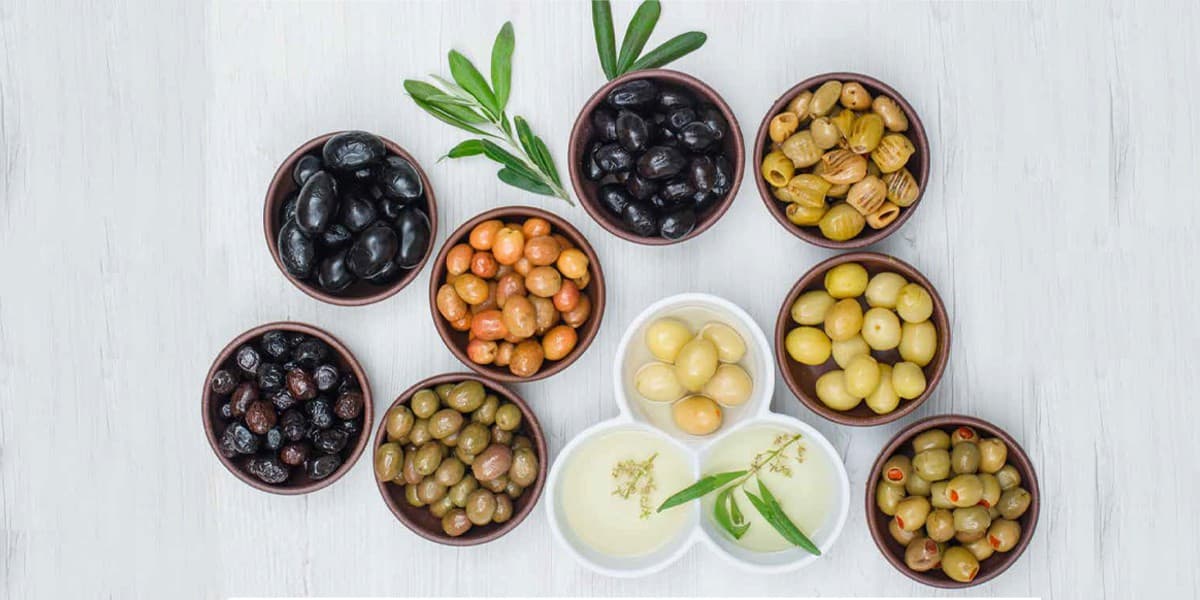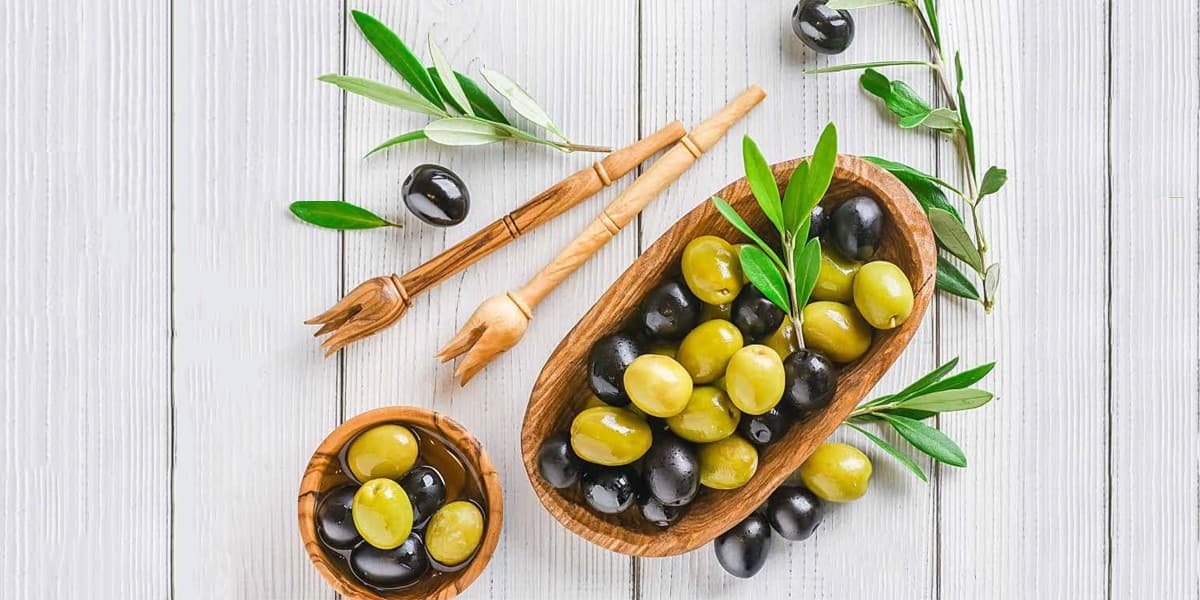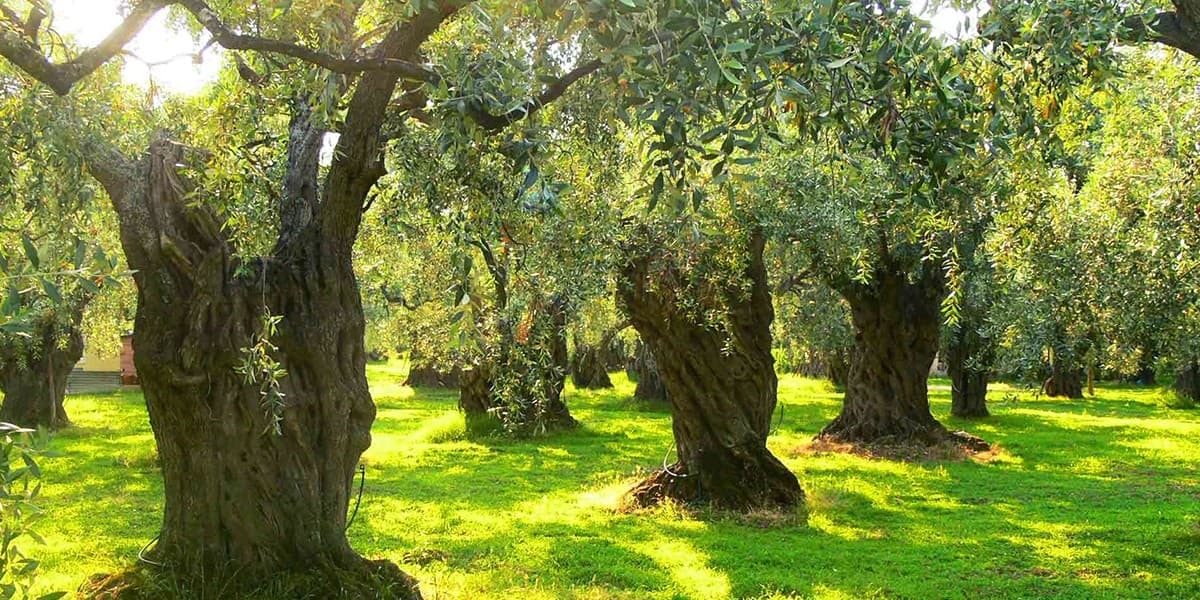Blog
Harvest
In fruit cultivation, besides abundant and high quality production, the product from the garden reaches the consumer with the least possible loss. This is only possible by storing the harvested product at the right time under suitable conditions and transporting and preserving it under suitable conditions until the end consumer.
The fruits that reach a certain stage of development on the plant and the soil and reach a certain d...
Efficient Harvest
Harvest is one of the most important processes of production and directly affects the quality of the product. Harvesting the product at the right time and with the right methods determines the amount and quality of the product to be obtained, as well as determining the yield in the coming years.
Picking from the ground; When the harvest time comes and the harvest is decided, the products that have fallen to the ground are colle...
Olive Cultivation
The olive tree, which grows in the Mediterranean climate zone, does not show the same tolerance in terms of climate demands, even if it is not selective in terms of soil requirements.
HEAT:
The most important climatic factor limiting the spread of olives. Olives are generally grown in places with an annual average temperature of 15-20 °C. Olives can withstand high temperatures up to a maximum of 40 °C, provided that they are well watered.
- In the m...
Olive Sapling
Olive is the first of all trees…
Soil Preparation
The soil should be deeply worked in the fall before planting. Soil drainage and leveling should be done. Terracing is required in olive groves to be established on sloping areas.
Sapling Planting Time
Olive seedlings ca...
Olive Diseases and Pests
Olive Ring Spot Disease
The fungus spends the winter on the dried leaves that fall to the ground or the diseased leaves on the tree. Transmission occurs by spores. The flight of spores is greatest in the spring, and it takes between 30–61 days for the symptoms to appear. The optimum growth temperatures of the agent are 18–20°C. It cannot grow below 9°C and above 30°C. Regions that are generally rainy in the spring and autumn periods are suitable for the devel...

